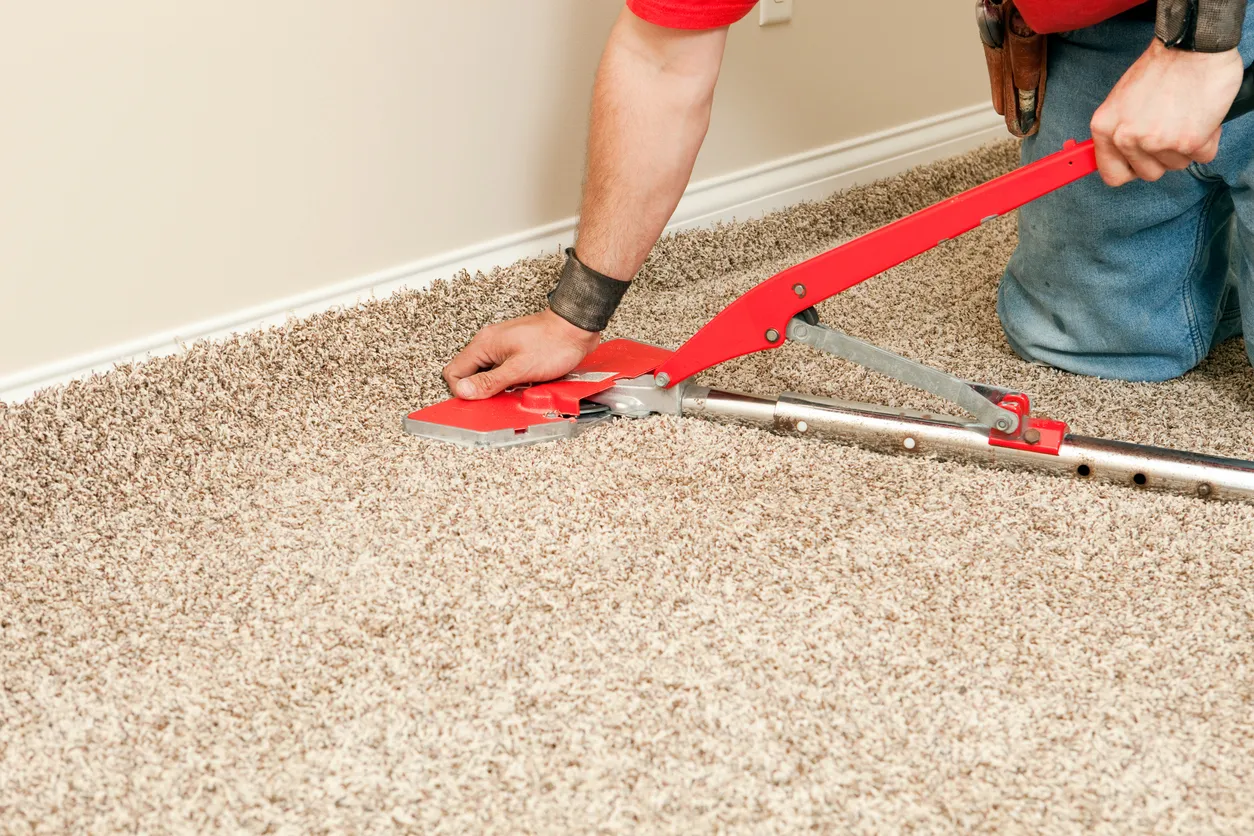Introduction
Carpets are a staple in many homes, adding warmth, comfort, and aesthetic appeal. Over time, however, carpets can suffer from wear and tear, stains, and damage. While replacing a carpet entirely can be a costly endeavor, carpet repairs offer a more affordable and sustainable alternative. In this comprehensive guide, we will explore various carpet repair techniques, factors influencing repair costs, and tips for maintaining your carpet’s longevity.
Common Carpet Damage and Repair Methods
- Stains and Spots: Stains can be unsightly and difficult to remove. Professional carpet cleaners can often tackle stubborn stains using specialized techniques and products. For minor stains, a DIY approach with a carpet cleaner or a mixture of white vinegar and water may suffice.
- Burns: Burns can cause irreparable damage to carpet fibers. Depending on the severity of the burn, it may be necessary to replace the damaged section entirely.
- Tears and Rips: Tears and rips can be repaired using various methods, including patching, seaming, or re-stretching. Professional carpet repair services can assess the damage and recommend the most appropriate repair technique.
- Pet Damage: Pets can cause significant damage to carpets, including stains, odors, and tears. Regular cleaning and training can help prevent pet-related damage.
- Fading: Over time, carpets can fade due to exposure to sunlight. While fading cannot be reversed, professional cleaning can help restore the carpet’s appearance.
Factors Affecting Carpet Repair Costs
Several factors can influence the cost of carpet repairs, including:
- Extent of damage: The severity of the damage will determine the amount of time and materials required for repair.
- Type of carpet: High-quality carpets may require more specialized repair techniques, increasing the cost.
- Location: Repair costs may vary depending on your geographic location and the cost of living in your area.
- Professional vs. DIY: Hiring a professional carpet repair service may be more expensive than attempting DIY repairs, but it can also ensure a higher-quality result.
DIY Carpet Repair Tips
While professional carpet repair services can often provide the best results, there are some DIY repairs that you can attempt:
- Spot cleaning: Use a carpet cleaner or a mixture of white vinegar and water to remove stains.
- Patching small tears: Cut a patch of similar carpet and secure it to the damaged area using carpet adhesive.
- Re-stretching loose carpet: If your carpet is loose, you may be able to re-stretch it using a carpet stretcher.
Professional Carpet Repair Services
For more extensive damage or when DIY repairs are not feasible, it is best to consult a professional carpet repair service. They have the expertise and equipment to handle various types of repairs, ensuring a high-quality result.
Carpet Maintenance Tips
Regular maintenance can help prolong the life of your carpet and reduce the need for repairs. Some tips for carpet maintenance include:
- Vacuum regularly: Vacuum your carpet at least once a week to remove dirt and debris.
- Treat stains promptly: Address stains as soon as they occur to prevent them from setting.
- Avoid heavy traffic: Try to limit heavy traffic in areas where the carpet receives the most wear.
- Professional cleaning: Have your carpet professionally cleaned every 12-18 months.
Understanding the Importance of Carpet Restoration
- Health Benefits: Carpets can harbor allergens, dust mites, and bacteria, leading to respiratory issues and allergies. Regular restoration ensures a clean and healthy living space.
- Aesthetics: A well-maintained carpet enhances the overall appearance and ambiance of a room. Restoration can revitalize faded colors and remove unsightly stains.
- Property Value: Carpets are a significant investment. Proper restoration can help preserve their value and increase the appeal of your property.
Choosing the Right Restoration Company
- Experience and Credentials: Look for a company with a proven track record and certifications in carpet restoration.
- Equipment and Technology: Ensure they have the latest equipment and cleaning solutions for effective results.
- Customer Reviews: Read testimonials and reviews from previous clients to gauge their satisfaction.
- Insurance: Verify if the company is insured to protect you in case of any accidents or property damage.
Preparation for Carpet Restoration
- Clear the Area: Remove furniture, rugs, and any loose items from the room to be cleaned.
- Identify Damaged Areas: Note any specific stains, water damage, or areas of heavy wear and tear.
- Communicate Needs: Clearly explain your expectations and concerns to the restoration professionals.
The Restoration Process
- Inspection: A thorough inspection will help determine the extent of damage and the appropriate cleaning methods.
- Pre-Treatment: Stains and heavy soil are treated with specialized solutions to break down and remove them.
- Hot Water Extraction: This is a common method that involves injecting hot water and detergent into the carpet fibers and then extracting them along with dirt and debris.
- Drying: Adequate drying is crucial to prevent mold and mildew growth. Use fans or dehumidifiers to expedite the process.
Additional Restoration Techniques
- Dry Carpet Cleaning: Suitable for sensitive carpets or areas where water damage is a concern, dry cleaning methods use absorbent powders to lift dirt and stains.
- Encapsulation: This process involves applying a cleaning solution that encapsulates dirt particles and is then vacuumed away.
- Steam Cleaning: While less common, steam cleaning can be effective for deep cleaning and removing stubborn stains.
Conclusion
Carpet repairs can be a cost-effective solution for restoring your carpet’s appearance and functionality. By understanding common carpet damage, factors affecting repair costs, and effective maintenance techniques, you can make informed decisions about caring for your carpet and minimizing the need for repairs.
